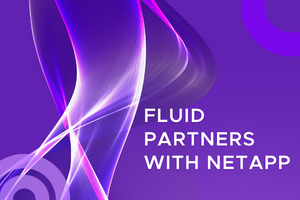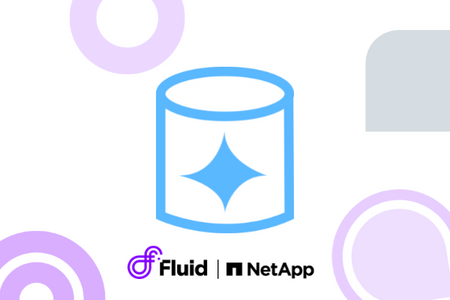Cloud manager
(2-3 minute read)
TLDR: We talked to Fluid CTO, Alexander Turner about why Fluid will make your life easier. Think edge, K8s, containerization, and cost vantage points.
Alex, what are your top three points for why CTO’s should take note of Fluid?

- Your competitors and peers are moving to the edge, right?
That means that their services to their end customers are going to be faster and they’re going to be quicker to deploy.
There’s no denying the drive to move more compute and workload closer to your end-user or consumer. Edge computing promises just that, but how?
With cloud computing providers being forced into larger, more central facilities, how can you deploy scalable workloads on the edge? Fluid’s adds value in its ability to transform legacy or On-premise computing infrastructure into your own internet-accessible cloud.
Fluid makes provisioning hardware a task simple enough for remote hands to complete in a few hours. All that needs to happen is cabling and rack-and-stack. Fluid’s orchestration platform automatically boots and installs your servers not before presenting them on our globally accessible management portal. Fluid makes it trivial to build your own mini-cloud wherever and whenever you want.
- Future workloads are container-first.
Modern organizations need to be able to quickly adapt their product and scale to customer requirements at the press of the button. Use of public cloud services have normalized the expectation of easily deploying applications with a single API call Wizard. Containers are the building block of rapid scale and empower innovation in product by abstracting time spent managing and converting it into time spent building. Future and present workloads and applications start with containers. They are small, nimble services that scale fast and run anywhere. Kubernetes has proven itself to be the de facto standard when it comes to container orchestrations and portability. Kubernetes empowers applications to run across multiple cloud platforms and On-premise with tools like Fluid, so your technical teams can focus on creating IP and not keeping it running.
- On-premise VM-Backed workloads will burn a hole in your pocket.
Let’s start with the number of resources it takes to just manage and run them! Building an alternative strategy that doesnt rely just on VMs, supports cost reduction in the cloud, or supports your cloud repatriation focus is required. It may or may not be the cloud, but the cloud itself comes with bill shock. With the consumption-based model, it doesn’t matter if you’re only running one VM, or a thousand VMs, you’re getting charged for what you use.
With Fluid you have a running cost per node. You can run whatever resources you please. There’s no bill shock, it’s completely controlled. Traditional workloads need to run somewhere smart, somewhere that’s future-proofed and somewhere they aren’t going to drown the business in cost.
Fluid makes CTO’s work lives easier. Want to know more? Book a demo today.








